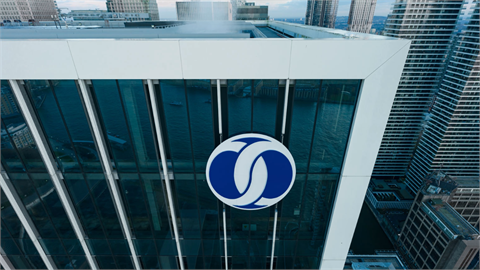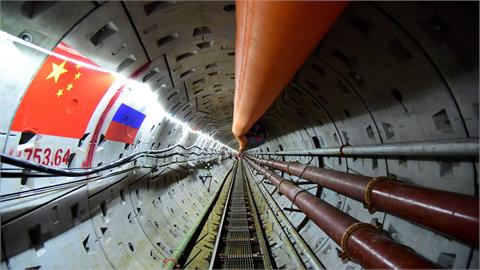The European Central Bank (ECB) is cutting in half its asset-buying programme but is extending it for nine months.
The decision on Thursday signaled the restructuring of the programme rather than a bold step signaling an end to Quantitative Easing (QE).
The ECB will reduce its bond-buying programme from €60bn to €30bn a month. QE will continue until the end of September 2018, that is, nine months longer than originally envisaged.
That means that the Euro’s value will not continue to rally against the US dollar or the pound.
The ECB board made clear that this may be extended further "if necessary,” adding that the pace of asset-buying may rise again if conditions dictate it.
Frankfurt will continue to aim for 2% inflation, maintaining a steady supply of historically cheap liquidity. Interest rates will remain at minus 0.4% for deposits and 0% for lenders. A rise in interest rates is not expected before the first quarter of 2019 at the earliest.
The Eurozone as a whole is in its fifth year of economic recovery, with the creation of seven million jobs. Many states exhibit strong growth that is driven mainly by consumption. However, there is a wide divergence between the 19-member states of the Eurozone and significant volatility. Wage growth remains depressed and inflation subdued to 1,5%.
Nonetheless, certain member states are calling for a swift change in policy with two main arguments put forward. On the one hand, cheap liquidity is inflating the price of assets such as houses, increasing inequality. On the other, sectors dependent on fixed income, such as insurance companies are squeezed out of the bond market.
https://www.neweurope.eu/article/ecb-restructures-quantitative-easing-programme/



